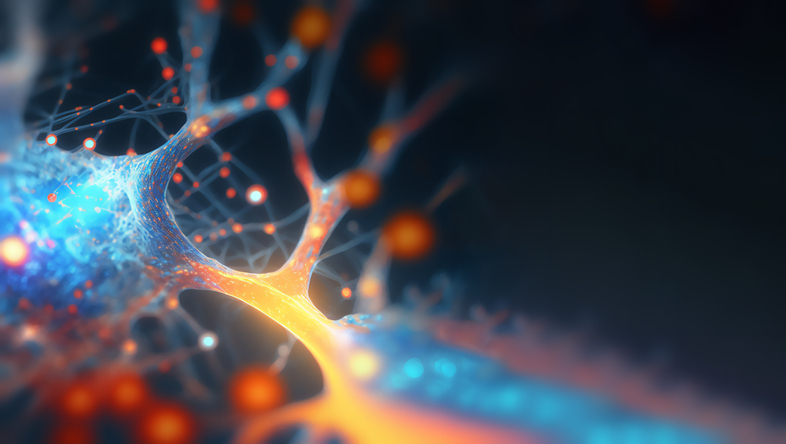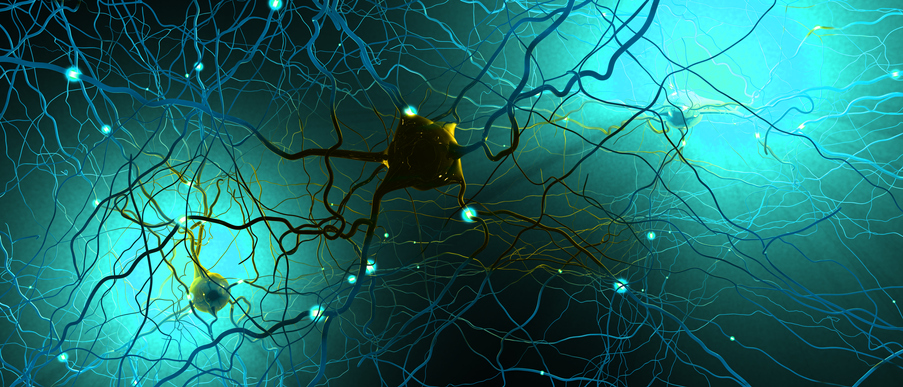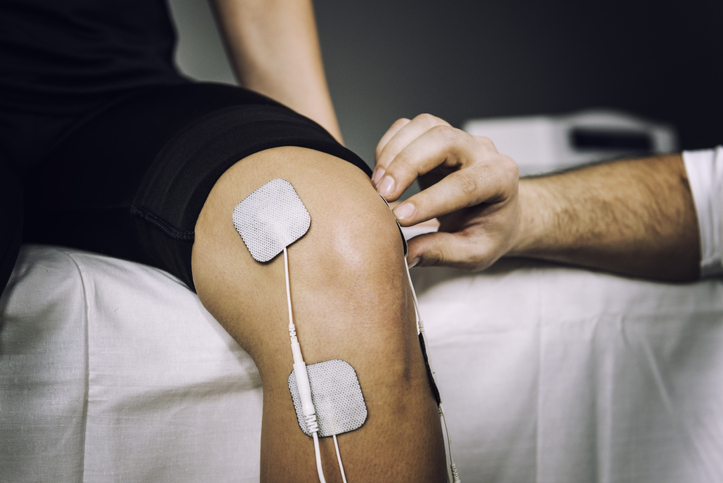Pain
Physical and Occupational Therapy for Neuropathic Pain

Physical and occupational therapy are valuable tools for pain management. Physical and occupational therapists are trained to teach people various ways of managing and reducing their pain.
Physical Therapy
Physical therapy is designed to meet each individual’s particular goals and needs by utilizing the following practices:
Strength Training
Physical therapy incorporates exercises to improve strength and range of motion. Individuals work with a physical therapist to perform stretches and exercises with increasing levels of resistance to enhance flexibility. This improves circulation, controls blood sugar levels, and reduces stress.
Splints or Braces
In some cases, splints and braces are used as support devices. They help to reduce pain by relieving pressure from various injuries.
Balance Training
Balance training focuses on teaching proper posture and prevention of falls. Supportive shoes to help regain balance may also be recommended.
Occupational Therapy
Occupational therapy is a valuable resource to help people with neuropathic pain. Occupational therapists educate individuals on prevention of falls, adjustment of daily habits to prevent or reduce pain (such as standing or sitting up too quickly), and lifestyle changes to manage pain and increase day-to-day functioning. They also teach the importance of avoiding toxic substances. Recommendations may include the following:
- Exercise or physical activity
- Treating injuries before they become problematic
- Avoiding tobacco and excessive alcohol
- Joining a support group
- Protecting the skin
- Treating urinary and bladder symptoms
- Eating a healthy diet
- Stretching
- Meditation


















